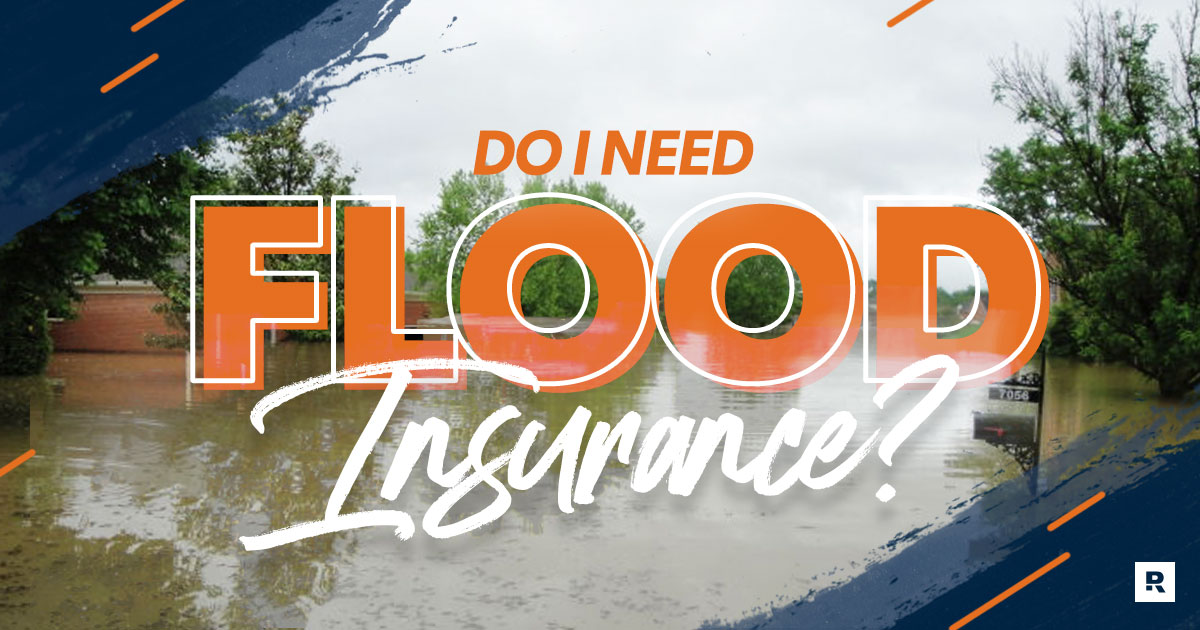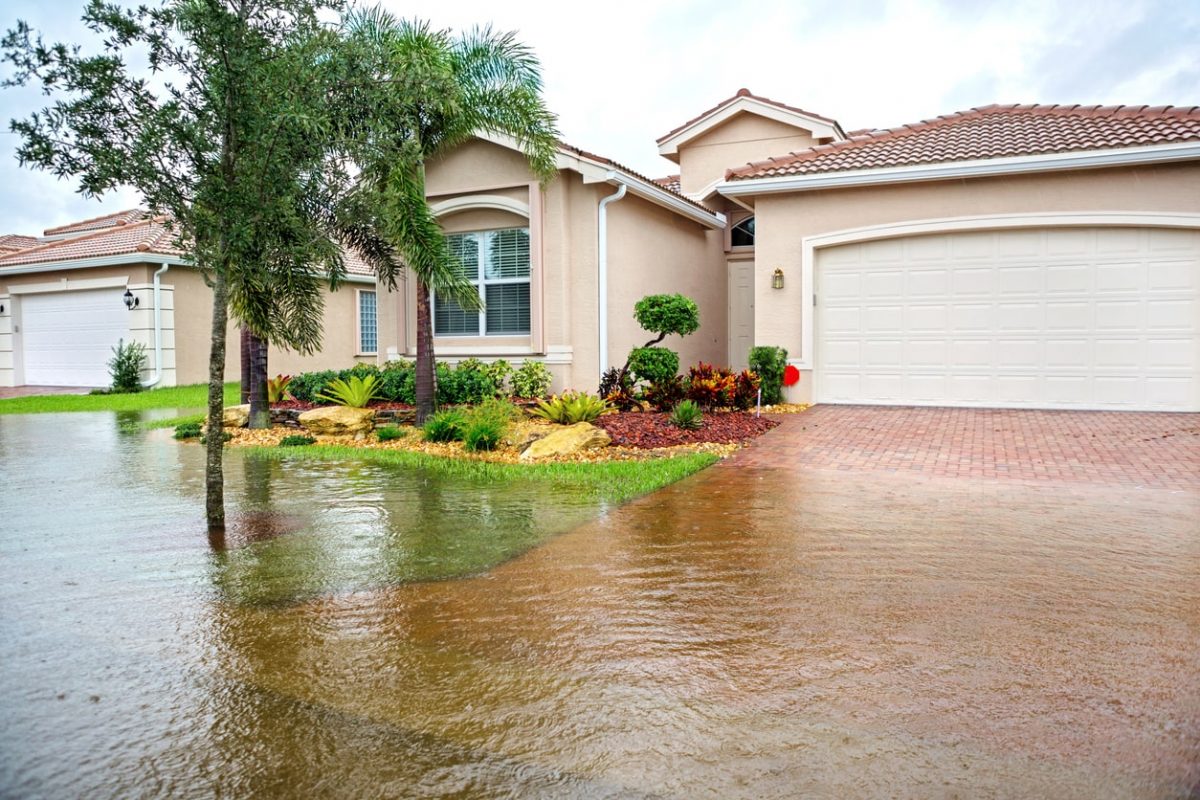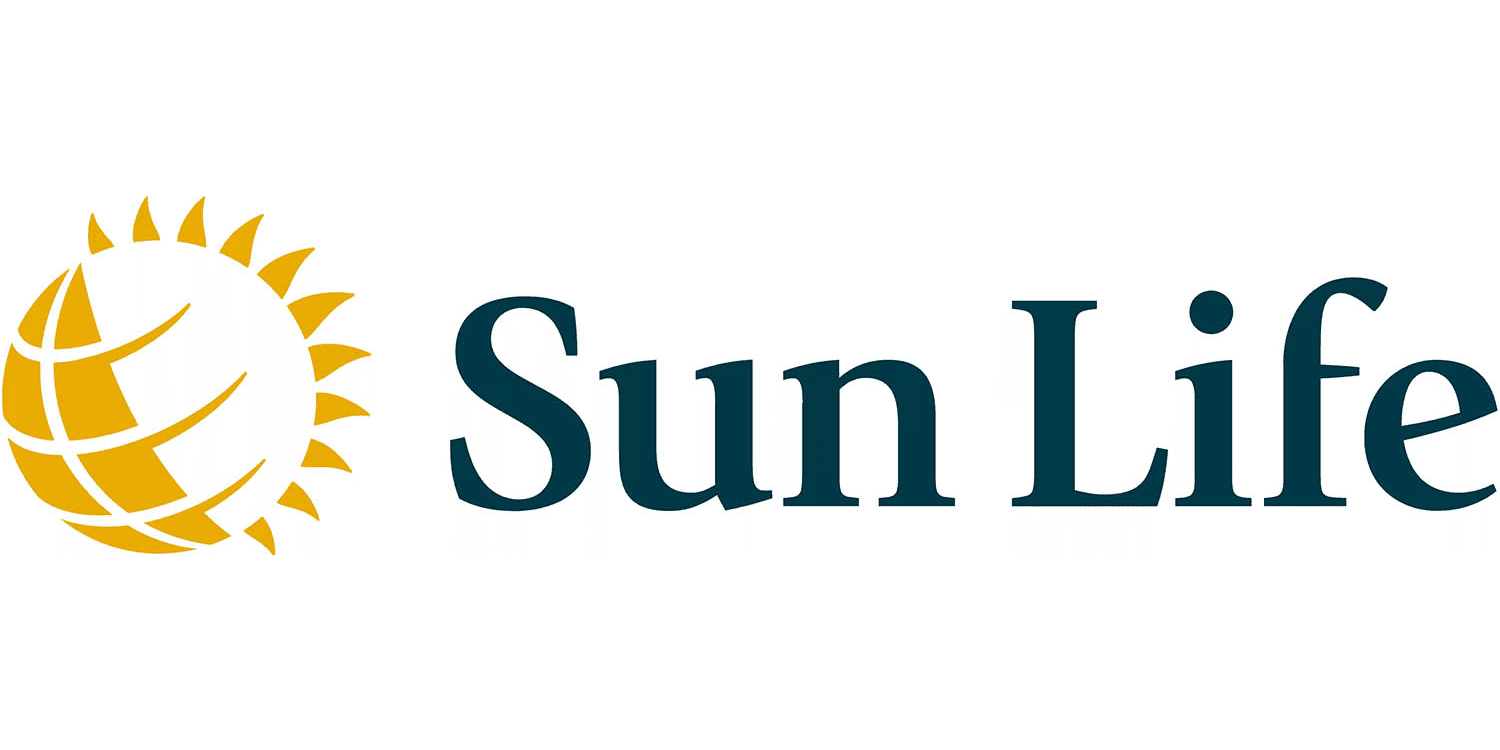A Comprehensive Guide to Flood Insurance
Flood insurance is a specialized type of property insurance that provides coverage for damage caused by flooding, a peril not typically covered by standard homeowners or renters insurance policies. This guide explores the features, benefits, coverage options, and considerations of flood insurance to help you understand its importance and how to choose the right policy. The Best Insurance Companies in the United States: A Comprehensive Guide 2024

Table of Contents
Sun Life Insurance Claim: A Comprehensive Guide 2024
Sun Life Insurance Claim: A Comprehensive Guide 2024 Navigating the process of filing an insurance c…
Professional Liability Insurance: Best Guide 2024
A Comprehensive Guide to Professional Liability Insurance (Errors & Omissions) Professional liab…
Understanding TATA AIG Insurance: A Comprehensive Guide 2024
Regarding securing the future, nothing stands out quite like insurance. It’s the comforting cushion …
Understanding Ladder Life Insurance 2024: Climbing the Rungs of Financial Security
Ladder Life Insurance: When it comes to securing your financial future and providing for your loved …
Best Guide to Motorcycle Insurance 2024
A Comprehensive Guide to Motorcycle Insurance Motorcycle insurance is essential for protecting rider…
Allstate Car Insurance: Comprehensive Coverage and Benefits 2024
Allstate Car Insurance, one of the largest insurance providers in the United States, offers a range …
What is Flood Insurance?
Flood insurance is designed to protect property owners from losses due to flooding, which can result from heavy rain, storm surges, melting snow, and other water-related events. The National Flood Insurance Program (NFIP), managed by the Federal Emergency Management Agency (FEMA), is the primary provider of flood insurance in the United States, although private insurers also offer flood policies.

Key Features of Flood Insurance
- Building Property Coverage: Covers the physical structure of the building, including the foundation, electrical and plumbing systems, HVAC equipment, appliances, and flooring.
- Personal Property Coverage: Protects personal belongings such as furniture, clothing, and electronics.
- Replacement Cost Value (RCV) or Actual Cash Value (ACV): Policies may reimburse on a replacement cost basis (RCV) for the building and actual cash value (ACV) for personal property, considering depreciation.
- Waiting Period: Typically, there is a 30-day waiting period from the date of purchase before the policy goes into effect.
Types of Flood Insurance Policies
Flood insurance policies can vary based on coverage limits and the type of property insured:
- Residential Flood Insurance: Provides coverage for single-family homes, condos, and apartment units.
- Commercial Flood Insurance: Covers non-residential properties such as businesses, offices, and commercial buildings.
- Preferred Risk Policy (PRP): Available for properties in low-to-moderate flood risk areas, offering lower premiums for the same coverage.
- Standard Risk Policy: Required for properties in high-risk flood zones (Special Flood Hazard Areas) and often mandated by mortgage lenders.
Benefits of Flood Insurance
Flood insurance offers several important benefits for property owners:
- Protection Against Flood Damage: Covers the cost to repair or replace the building and personal belongings damaged by flooding.
- Peace of Mind: Provides reassurance that financial losses from flooding are covered, reducing the stress and uncertainty following a flood event.
- Compliance with Lender Requirements: Ensures compliance with mortgage lender requirements for properties in high-risk flood zones.
- Financial Security: Helps property owners avoid substantial out-of-pocket expenses for flood-related repairs and replacements.
Common Perils Covered by Flood Insurance
Flood insurance typically covers damage caused by:
- Overflow of Inland or Tidal Waters: Includes storm surges and coastal flooding.
- Unusual and Rapid Accumulation or Runoff of Surface Waters: Resulting from heavy rainfall or snowmelt.
- Mudflows: Flowing mud on the surface of normally dry land areas.
- Collapse of Land Along a Shoreline: Caused by erosion or undermining by waves or currents exceeding normal, cyclical levels.
Factors Affecting Flood Insurance Premiums
Several factors influence the cost of flood insurance premiums:
- Flood Risk: Properties in high-risk flood zones (e.g., Special Flood Hazard Areas) typically have higher premiums.
- Elevation: The elevation of the property relative to the base flood elevation (BFE) affects premiums, with higher elevations generally resulting in lower premiums.
- Coverage Amounts: Higher coverage limits result in higher premiums.
- Deductible Amount: Choosing a higher deductible can lower premiums but increases out-of-pocket costs in the event of a claim.
- Building Characteristics: The age, construction materials, and design of the building can impact premiums.
- Community Rating System (CRS) Discounts: Discounts may be available for properties in communities that participate in FEMA’s CRS program, which encourages floodplain management practices.
How to Choose the Right Flood Insurance Policy
Selecting the right flood insurance policy involves careful consideration of several factors:
- Assess Your Flood Risk: Determine the flood risk for your property using FEMA flood maps and other resources.
- Understand Coverage Needs: Evaluate the level of coverage needed for the building and personal belongings.
- Compare Policies: Obtain quotes from both the NFIP and private insurers to compare premiums, coverage options, and policy features.
- Review Policy Exclusions: Understand what is not covered by the policy, such as additional living expenses or basement improvements.
- Consider Additional Coverage: Evaluate whether additional endorsements or riders are necessary to meet your needs, such as excess flood insurance for coverage beyond NFIP limits.
The Claims Process
Filing a flood insurance claim involves several steps:
- Notify the Insurer: Contact the insurance company as soon as possible after a flood event.
- Document the Damage: Take photos or videos of the damage and create an inventory of damaged property.
- Complete Claim Forms: Fill out the required claim forms provided by the insurer.
- Provide Documentation: Submit necessary documents, such as repair estimates and proof of ownership.
- Insurer Review: The insurance company reviews the claim and may request additional information or send an adjuster to assess the damage.
- Approval or Denial: The insurer approves or denies the claim based on the policy terms and documentation provided.
- Receive Payment: If approved, the insurer issues payment for the covered losses.
Common Exclusions and Limitations
Flood insurance policies often include exclusions and limitations:
- Additional Living Expenses (ALE): Standard flood insurance policies do not cover the cost of temporary housing and related expenses.
- Basement Improvements: Coverage for basement improvements, such as finished walls and flooring, is limited.
- Vehicles: Damage to vehicles is not covered; a separate auto insurance policy with comprehensive coverage is needed.
- Earth Movement: Damage from earth movement, such as landslides, is not covered.
- Business Interruption: Standard policies do not cover lost income for businesses affected by flooding.
Case Studies
Case Study 1: Flood Damage to a Residential Property
Emily, a homeowner in a high-risk flood zone, experienced severe flooding due to a hurricane. Her flood insurance policy through the NFIP provided coverage for the structural damage to her home and the loss of personal belongings. Although the flooding caused significant disruption, the financial assistance from her flood insurance policy allowed her to rebuild and recover without incurring substantial debt.
Case Study 2: Commercial Flood Insurance for a Business
David, a small business owner, faced extensive flood damage to his commercial property after a major storm. His commercial flood insurance policy covered the cost of repairing the building and replacing damaged inventory and equipment. Without this coverage, David would have struggled to reopen his business and continue operations.
Industry Insights and Statistics
- Increasing Flood Risks: Climate change and urban development are contributing to increased flood risks, highlighting the importance of flood insurance. According to FEMA, floods are the most common and costly natural disaster in the U.S.
- Average Cost: The average cost of flood insurance through the NFIP is approximately $700 per year, but premiums can vary widely based on the property’s flood risk and other factors.
- Underinsurance: Despite the risks, many property owners in flood-prone areas remain uninsured or underinsured, exposing them to significant financial loss in the event of a flood.
Conclusion
Flood insurance is a crucial safeguard for property owners in flood-prone areas, providing protection for the building, personal belongings, and financial security in the event of a flood. By understanding the key features, benefits, types of policies, and factors affecting premiums, you can make an informed decision about the right flood insurance policy for your needs. Whether for protecting against storm surges, ensuring compliance with lender requirements, or securing peace of mind, flood insurance offers valuable protection against one of nature’s most destructive forces.
Sources
- FEMA – National Flood Insurance Program (NFIP)
- Insurance Information Institute – Flood Insurance
- National Flood Services – Flood Insurance








1 comment
[…] Best Guide to Flood Insurance 2024 […]